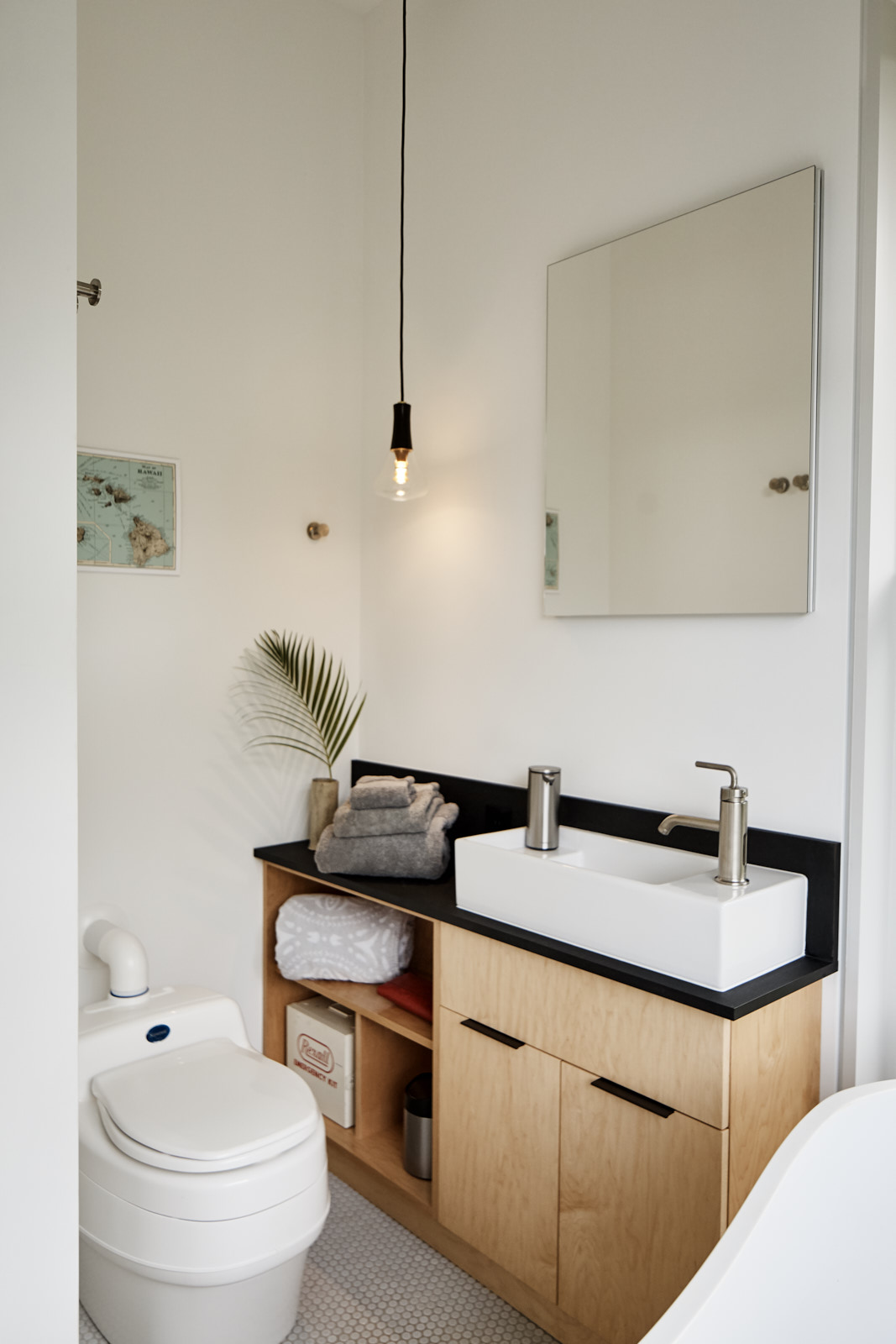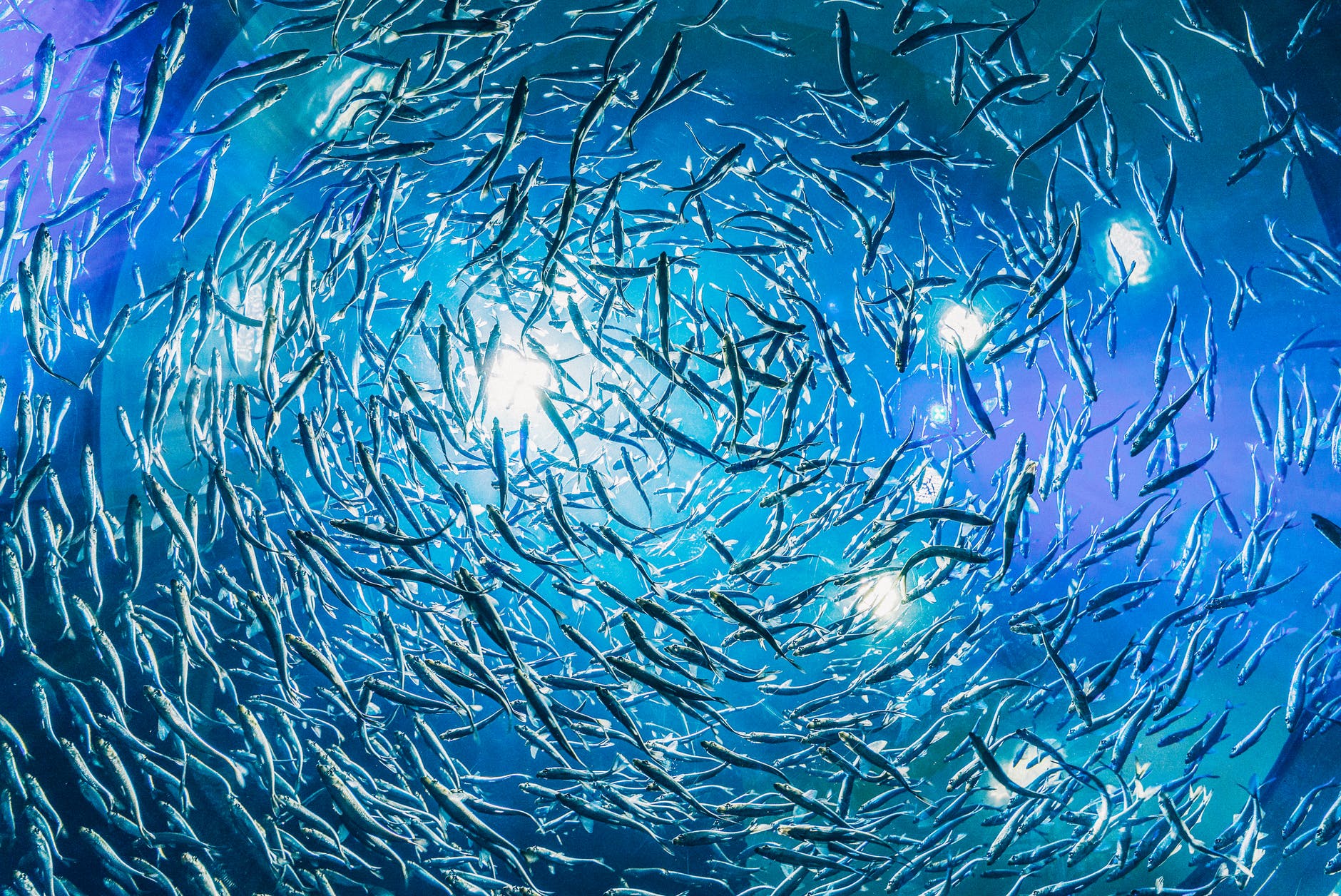
Dr. Sylvia Earl says we need to stop commercial fishing if we want to keep our oceans healthy. Over-fishing and pollution are driving many species to the brink, not to mention the harm of increased ocean temperatures and acidity brought on by climate change. For those of us not in societies where fishing provides subsistence, is there a better way to get our fix of fish?
On the horizon, and already on some store shelves, plant-based seafood could prove to be a way to get that taste of the sea without the environmental and human toll. This is good news since beyond the environmental toll, industrial seafood also has more than its share of human rights abuses. Current faux fish focuses on staples that are more about what you do with them than the underlying flavor of the meat. Crab cakes, shrimp, and canned tuna substitutes are the leaders of the pack here. While lab-grown seafood is getting a lot of investment, it is still nascent at best like lab-grown meats. Unsurprisingly, it takes a lot of work to grow cells outside of a living organism.
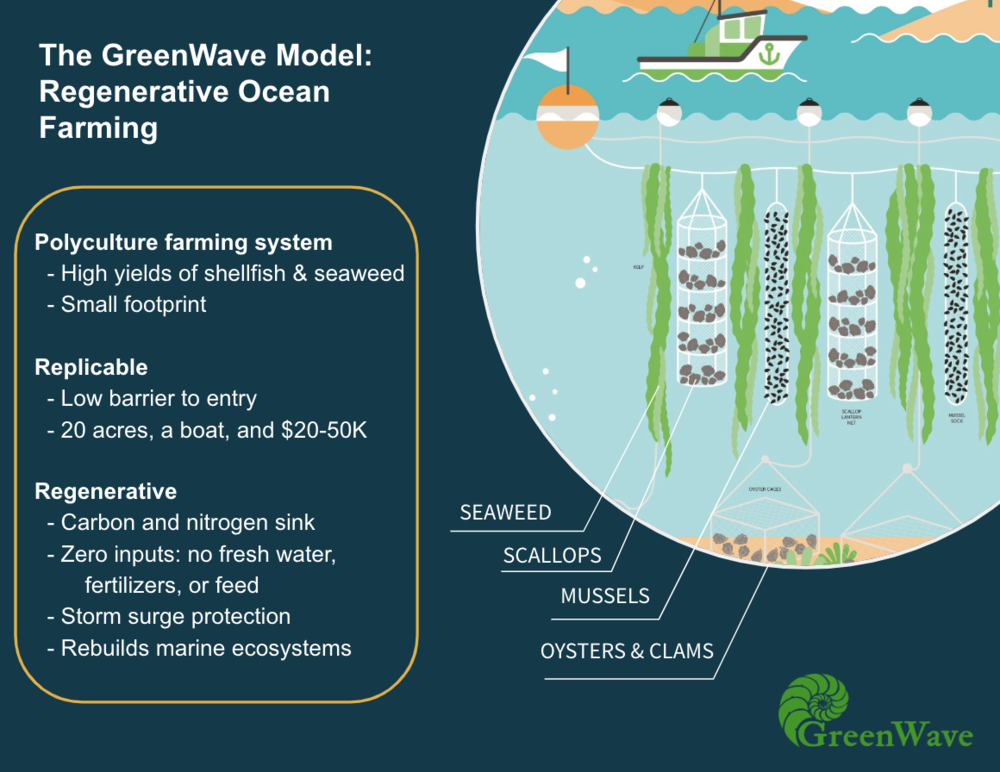
The real rock star when it comes to aquaculture and sustainability is seaweed. Able to sequester carbon, serve as a protein source, reduce emissions from cattle, and provide oil for biofuels, kelp is truly the wonder algae. One of the best primers on the potential of seaweed to help in the climate fight is the two-part podcast on kelp farming from “How To Save a Planet.” These episodes center on the efforts of GreenWave, a non-profit developing a 3D “polyculture” system for growing kelp and shellfish in the ocean. Since kelp and shellfish don’t require agricultural inputs (fertilizer, fresh water, etc.), this form of aquaculture is both eco-friendly and economical. Plus, with all the co-benefits to shoreline and marine communities, this is a great example of multi-solving.
Unfortunately, a lot of the ocean-related technologies being developed right now are from big governments or big corporations. GreenWave is focused on building a network of small holding ocean farms instead of replicating terrestrial agriculture’s industrial model though. They’re putting the punk in tidalpunk!
If you have ideas on how to bring these emerging technologies into the commons, let us know below!
This is Part 2 in our feature on tidalpunk for August. See Part 1: Can Maritime Shipping Go Tidalpunk?, Part 3: Tidalpunk Energy – Offshore Wind in the US, and Part 4: Plastics – A Tidalpunk Antagonist.
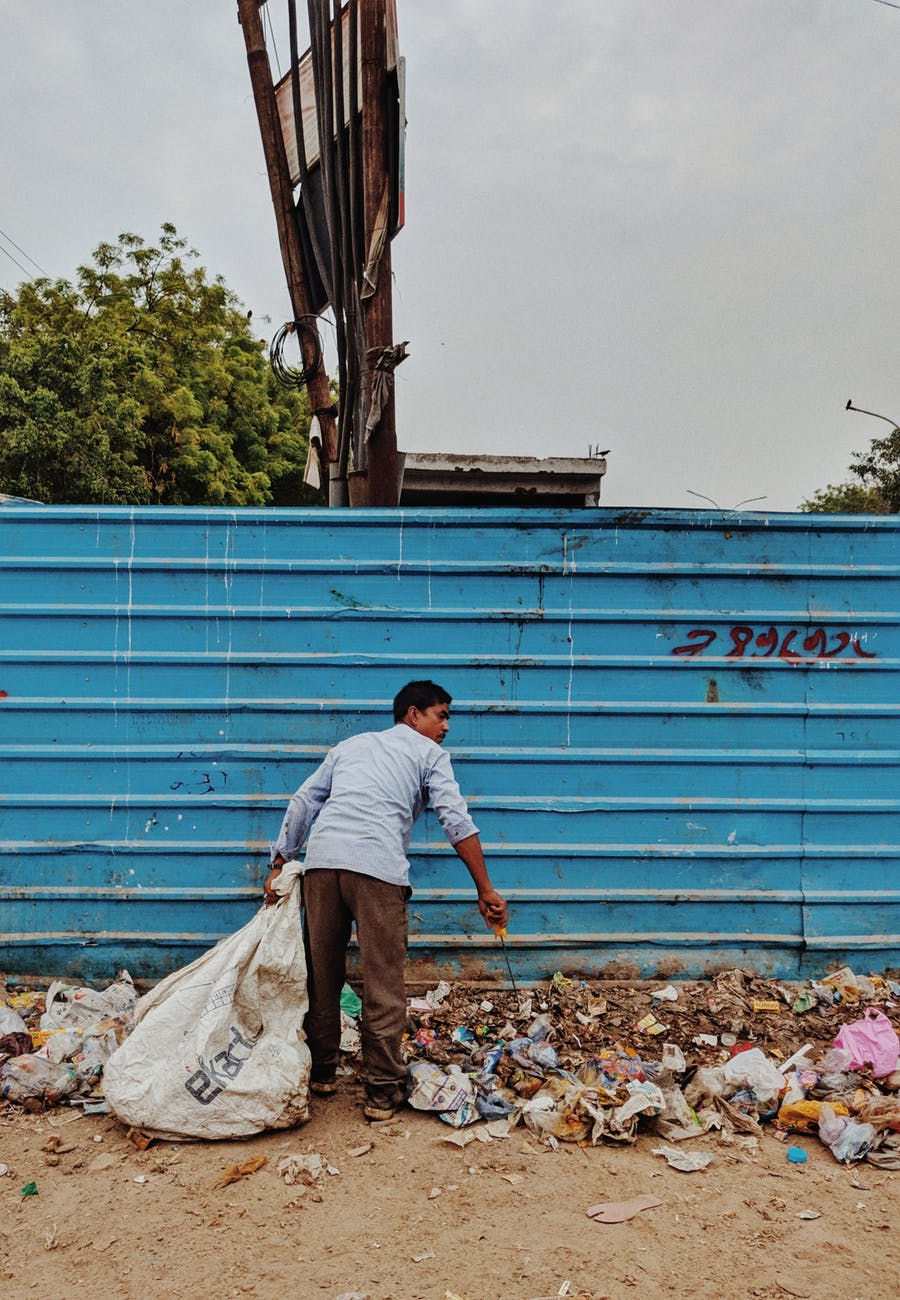

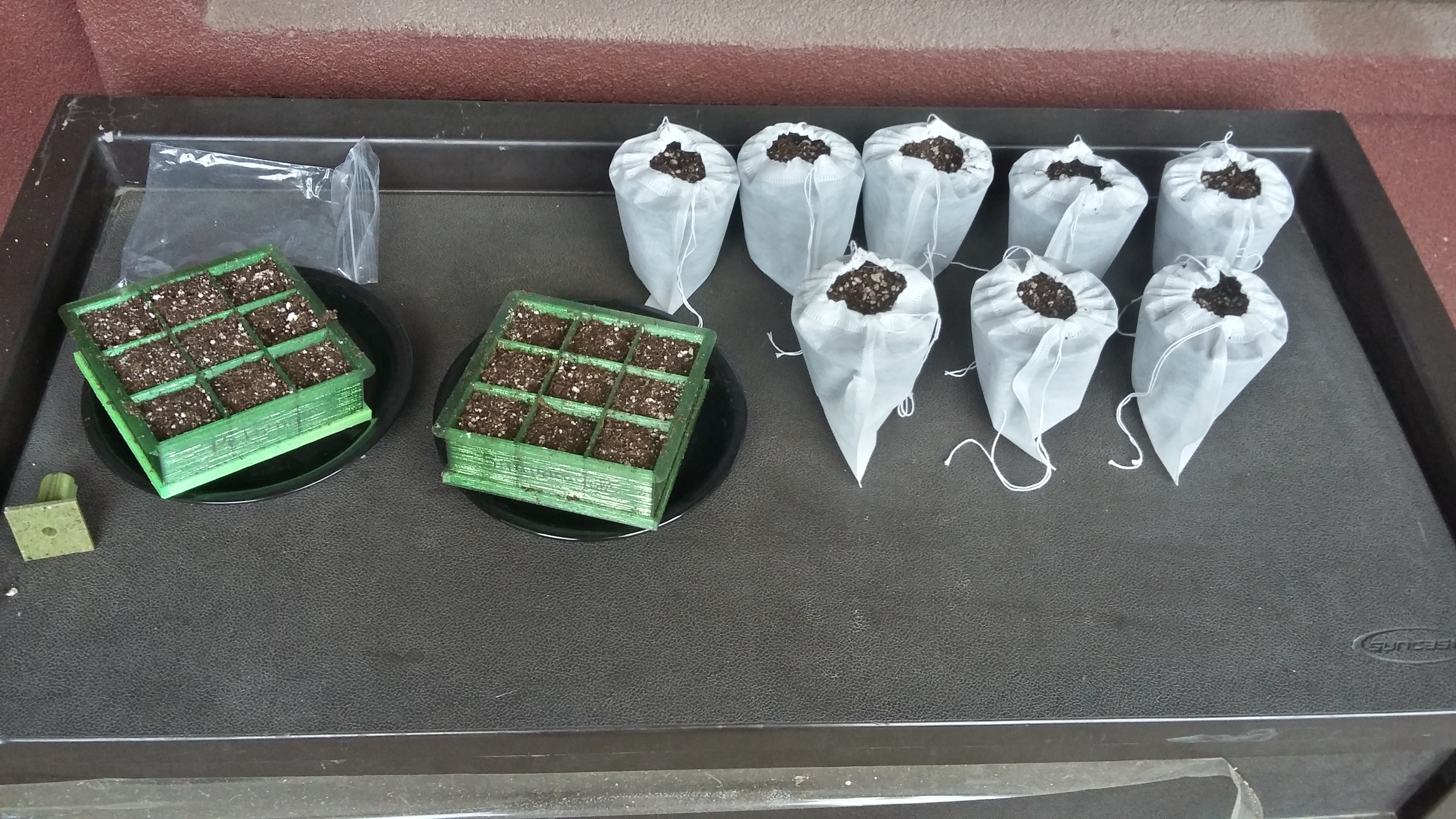

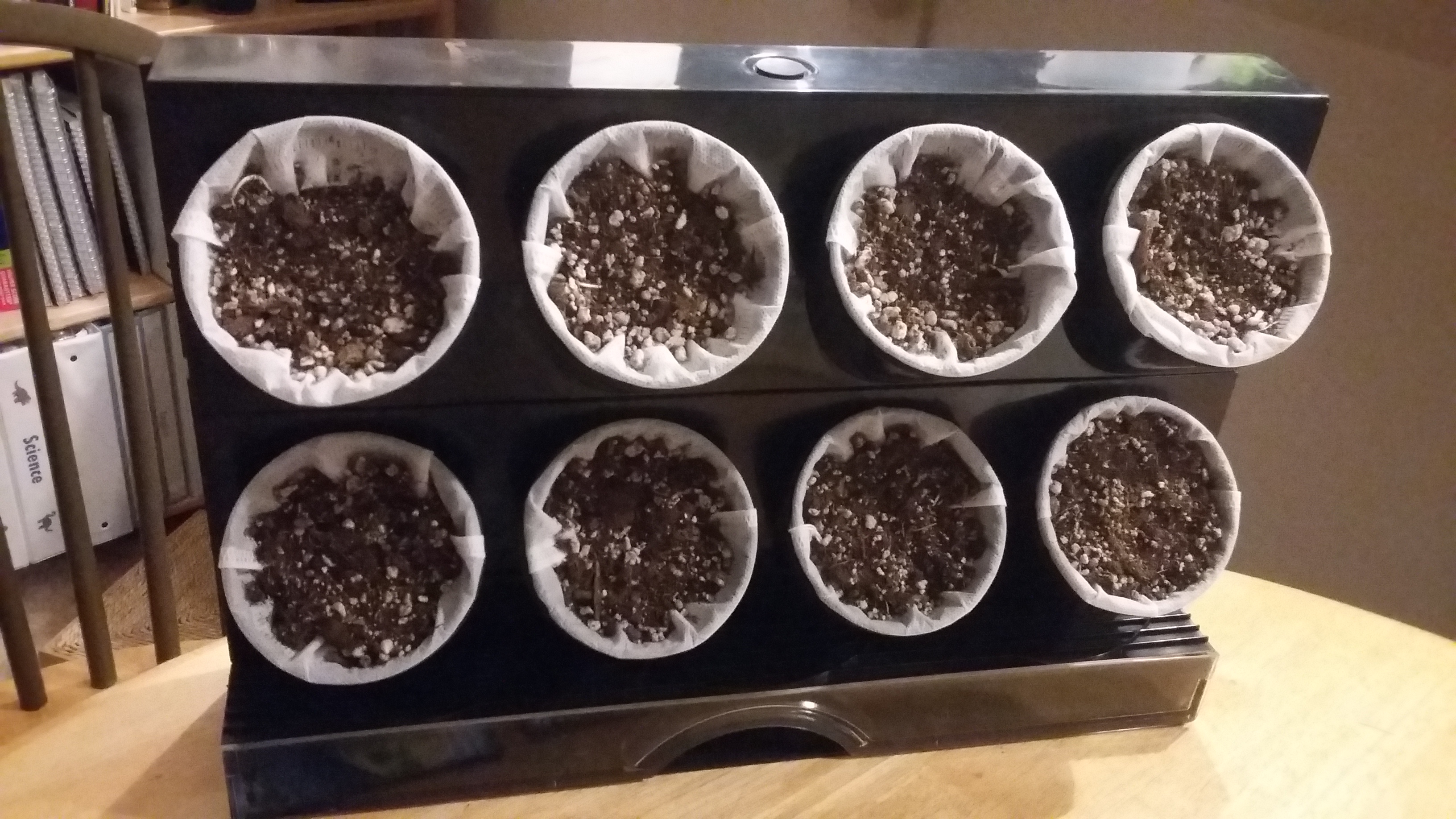
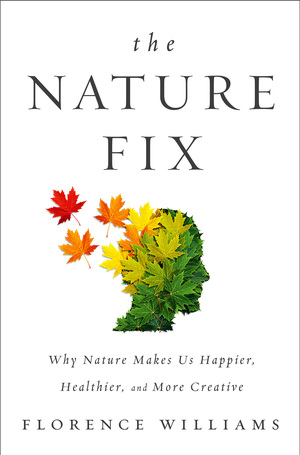
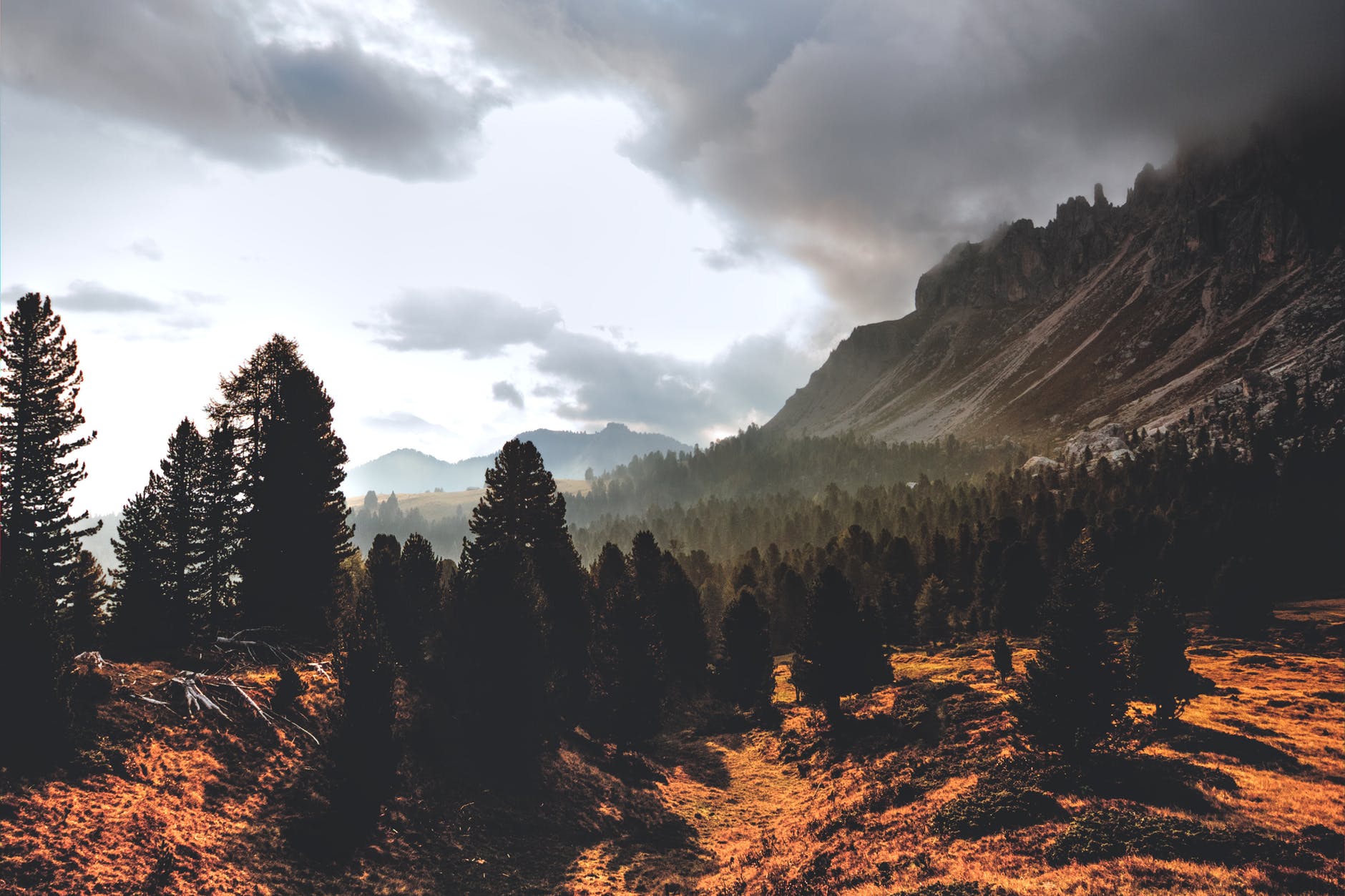
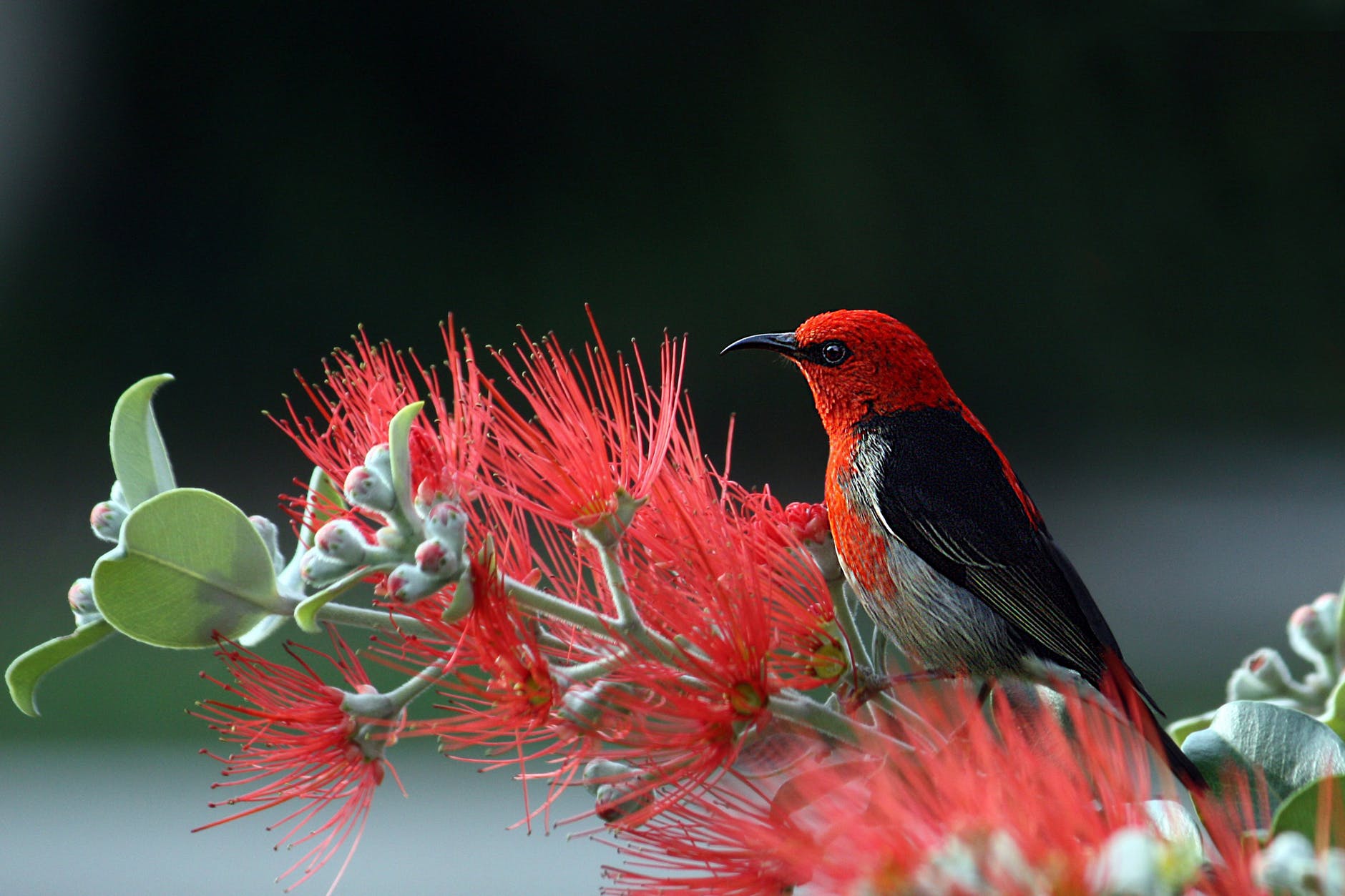

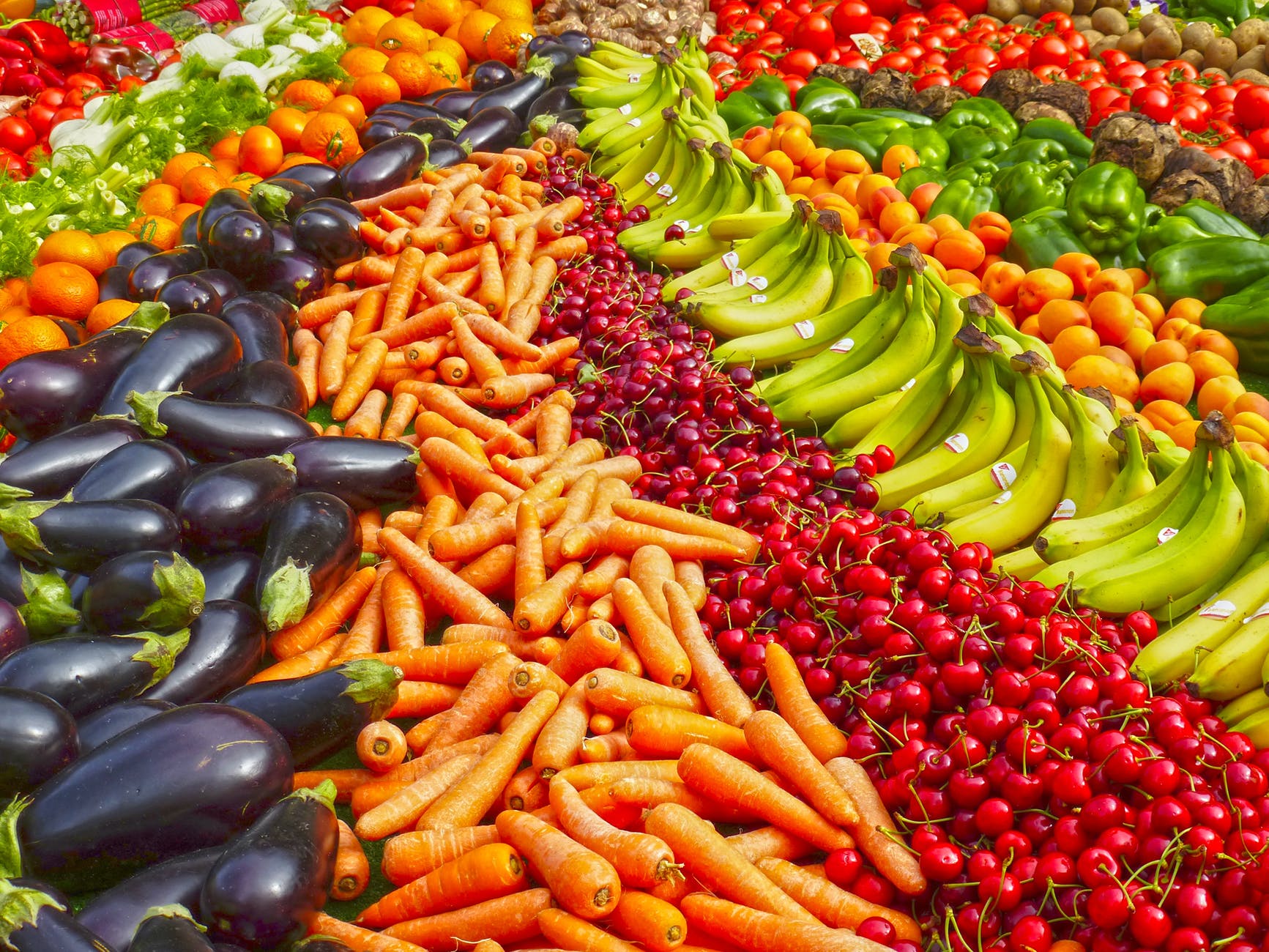

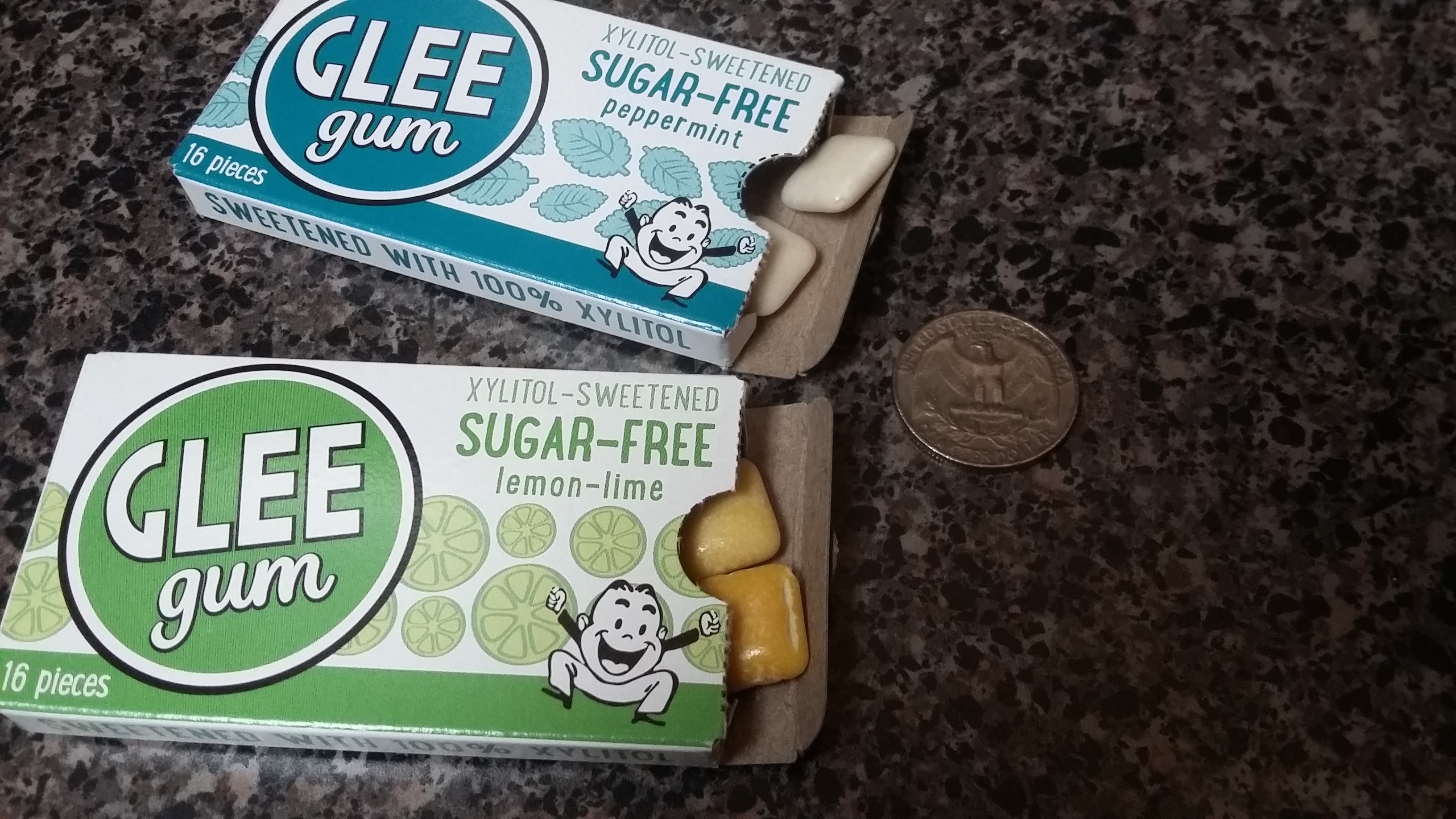





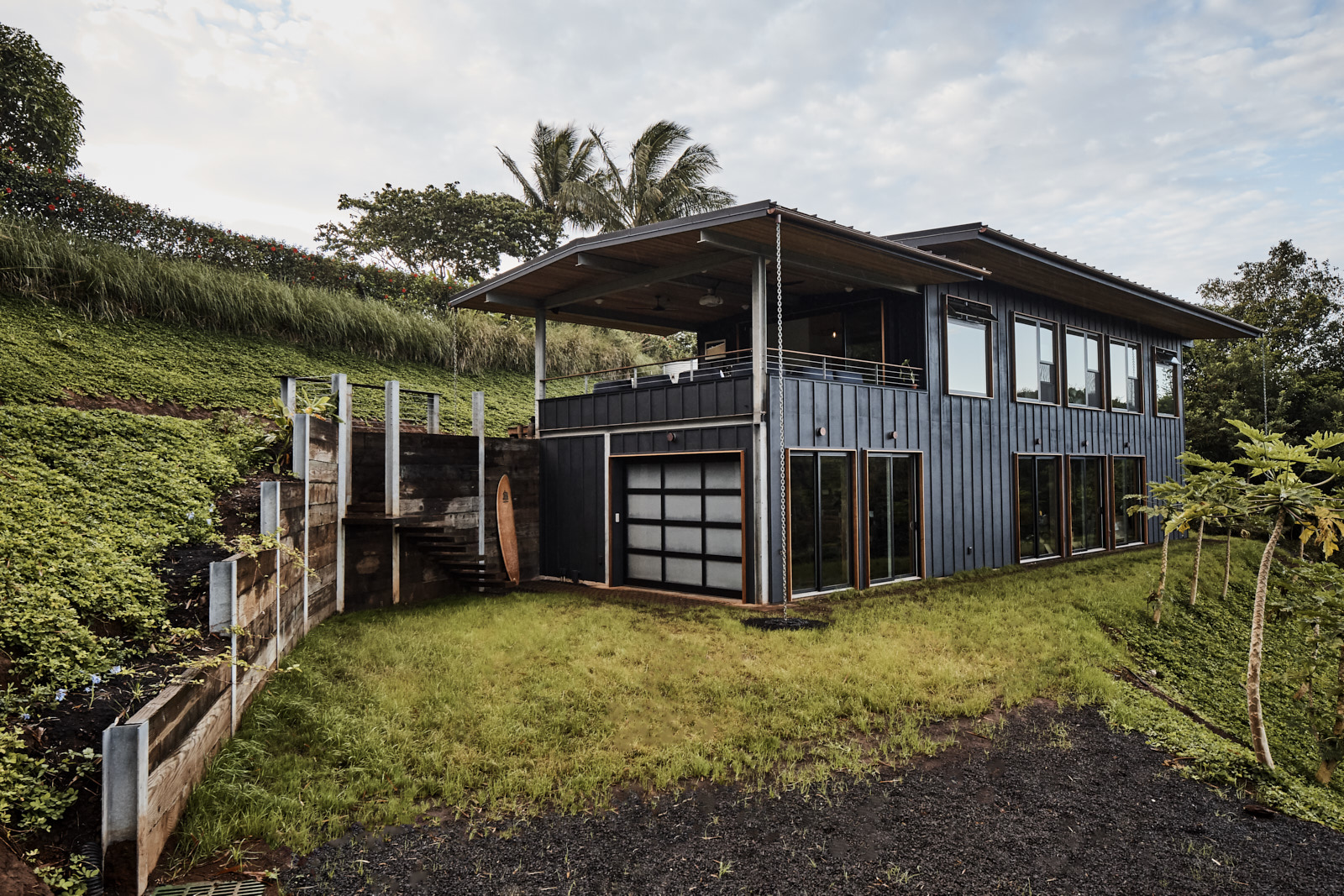 LifeEdited Maui
LifeEdited Maui